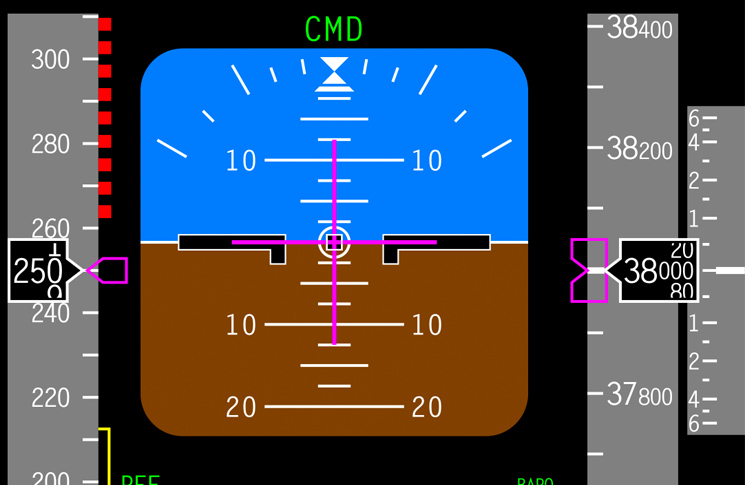
- The double asterisk next to ALTERNATE denotes:
- the alternate minima can be lowered by 100 feet when actual QNH is available
- the minima of 1189-4.4 is a special alternate minima only available to Part 135 or 121 operations
- a special alternate minima detailed in the chart notes, available to suitably equipped aircraft
- a special alternate minima which can only be used if ATIS or AWIS services are available
- A special alternate minima can only be used if the aircraft is equipped with which of the following equipment?
- duplicated ILS, single VOR, single DME or GNSS
- duplicated ILS and VOR, and either a single DME or GNSS
- dual ILS, and either dual DME or single GNSS
- duplicated LOC, GP and VOR, and either a dual DME or GNSS, or both a single DME and single GNSS
- The taxiway holding point marking on the right is?
- the new holding position marking for runways in Australia
- holding position marking for a CAT 1 ILS-equipped runway
- holding position marking for a CAT 2 ILS-equipped runway
- new additional holding position associated with a CAT I, II or III precision approach runway
- The taxiway holding position on T prior to T5 represents?
- holding point for jet aircraft runway 34R
- T5 holding point, runway 34R
- holding point associated with the ILS which is used to protect the ILS critical areas
- holding point not to be crossed when another aircraft is already on T6 holding short of the runway
- RWY 16L as depicted on the YSSY ground chart has:
- Cat I high-intensity approach lighting with a displaced threshold
- Cat II high-intensity approach lighting with no displaced threshold
- Cat II approach lighting with a displaced threshold
- high-intensity approach lighting only
- Upon becoming visual on an instrument approach, RWY 16L has which approach aid?
- T-Vasis
- AT-Vasis
- PAPI
- no visual slope guidance
- Reporting visual on the ILS for RWY 32L in YMLT at 15 nm, ATC clears you for a visual approach. What minimum height requirements apply?
- not below 1,500 feet till 8 DME
- not below 2,000 feet till 8 DME
- not below 1,500 feet till 11 DME
- not below 2,000 feet till 11 DME
- You have hired an aircraft with electronic flight bag (EFB) hardware installed, loaded with the Jeppesen application, and the database is valid for the current AIRAC cycle. Under what condition can the EFB be used for an IFR flight?
- only if the PIC has completed a CASA-approved training package familiarising themselves with it
- only if endorsed to use EFB information
- provided the EFB data is from an approved source specified in CASR Part 175, it can be used
- it is mandatory to use only the EFB provided as it is part of the aircraft certification
- Operating in a CTAF by day with moderate rain and poor visibility, navigation lights are required to be used during what periods?
- during flight and when operating on the movement area of the aerodrome
- during flight and only on the movement area of the aerodrome if it is a controlled aerodrome
- during flight but they may be off when taxiing on the aerodrome by day
- only required for night operations
- A piston-engine aircraft operating below 10,000 feet IFR in Class D airspace requires?
- no altitude alerting system or assigned altitude indicator
- at least an assigned altitude indicator
- an assigned altitude indicator and altitude alerting system
- at least an altitude alerting system
- An IFR aircraft departing a CTAF, and operating in Class G airspace, must make which of the following prescribed reports to ATC?
- Only when considered necessary to avoid the risk of collision with other aircraft
- ready to taxi, airborne, and departure
- taxiing, departure and reaching cruising level
- departure report only
To view the answers, go to the next page using the page navigation buttons below.

